As a doctor, I want to talk to you about the potential side effects of derma rollers in skin care.
While derma rollers can help improve skin texture and stimulate collagen production, they can also cause redness, swelling, and risk of infection if not used correctly.
I’m here to provide all the information you need to decide if derma rolling suits you.
So, let’s dive into this guide to explore the world of derma rollers’ potential side effects and how to avoid them!
Table of Contents
Key Takeaways:
- While derma rollers can be a great way to rejuvenate your skin, they can also cause unwanted side effects if not used correctly. These can include skin irritation, redness, and even infection.
- The likelihood of experiencing side effects can be reduced by following proper aftercare, such as cleaning the device before and after use, avoiding sun exposure, and moisturizing the skin after treatment.
- It’s essential to choose the right needle size for your skin type and to avoid using derma rollers on sensitive areas, such as around the eyes. If you experience side effects, consult a dermatologist to determine the best action.
Can Derma Rollers Damage Skin?
The answer is yes; derma rollers can potentially damage your skin if used incorrectly or in an inexperienced user’s hands. (1)
While they are generally safe and effective when used properly, improper usage can result in unwanted side effects such as skin irritation, redness, and infection.
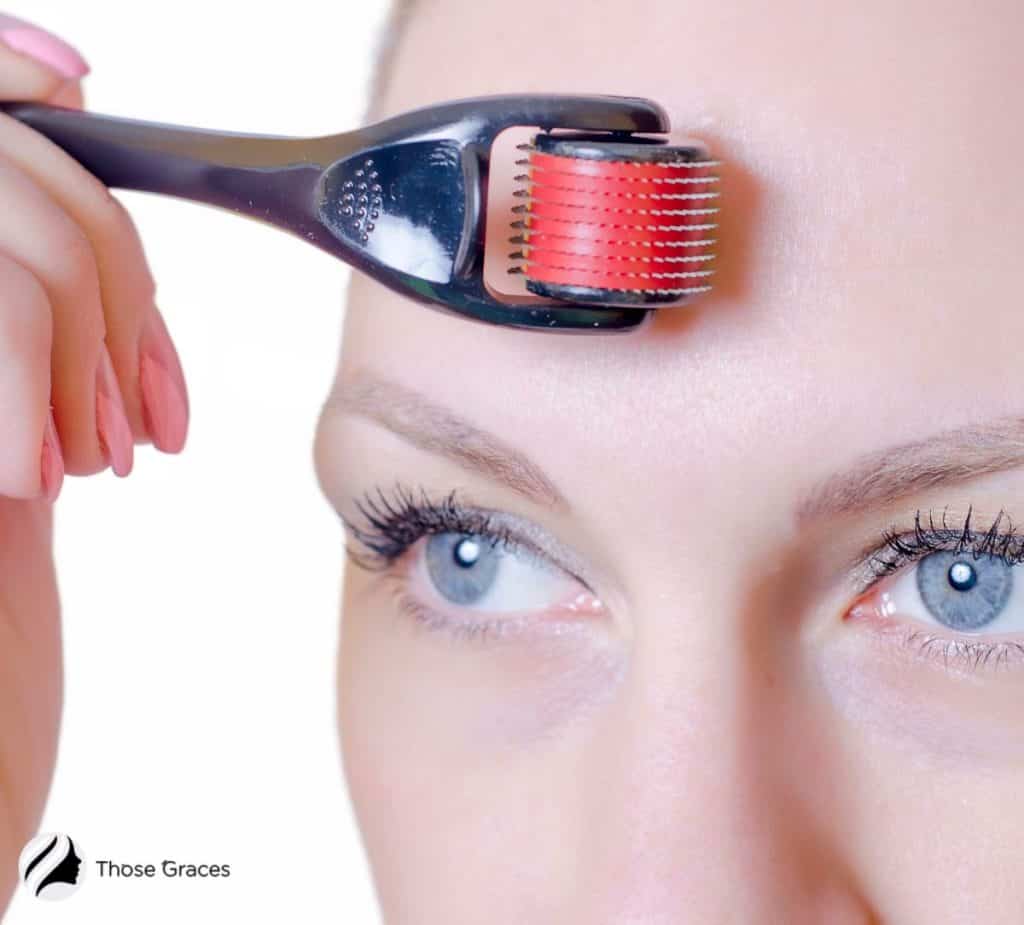
That’s why it’s essential to understand the proper technique, needle size, and frequency of use to minimize the risk of damage to your skin.
By taking the necessary precautions and using a careful routine, you can ensure that your derma-rolling experience is safe and effective, helping you achieve your dream of smooth skin.
5 Derma Roller Side Effects You Should Be Familiar With
You need to know derma roller side effects include redness, dryness, inflammation, and sun sensitivity.
These adverse side effects are a natural response to the minor “injuries” made by the needles in your skin.
And fortunately, research has not found long-term side effects of derma rolling!
Below are the top five common side effects of derma rolling.
#1 Dryness
After three to five days, your skin may become dry and chapped due to increased skin cell turnover. (2)
#2 Skin Reddening
Red skin may be a mild side effect that shows irritation caused by the micro-injuries created by the derma roller on your skin.
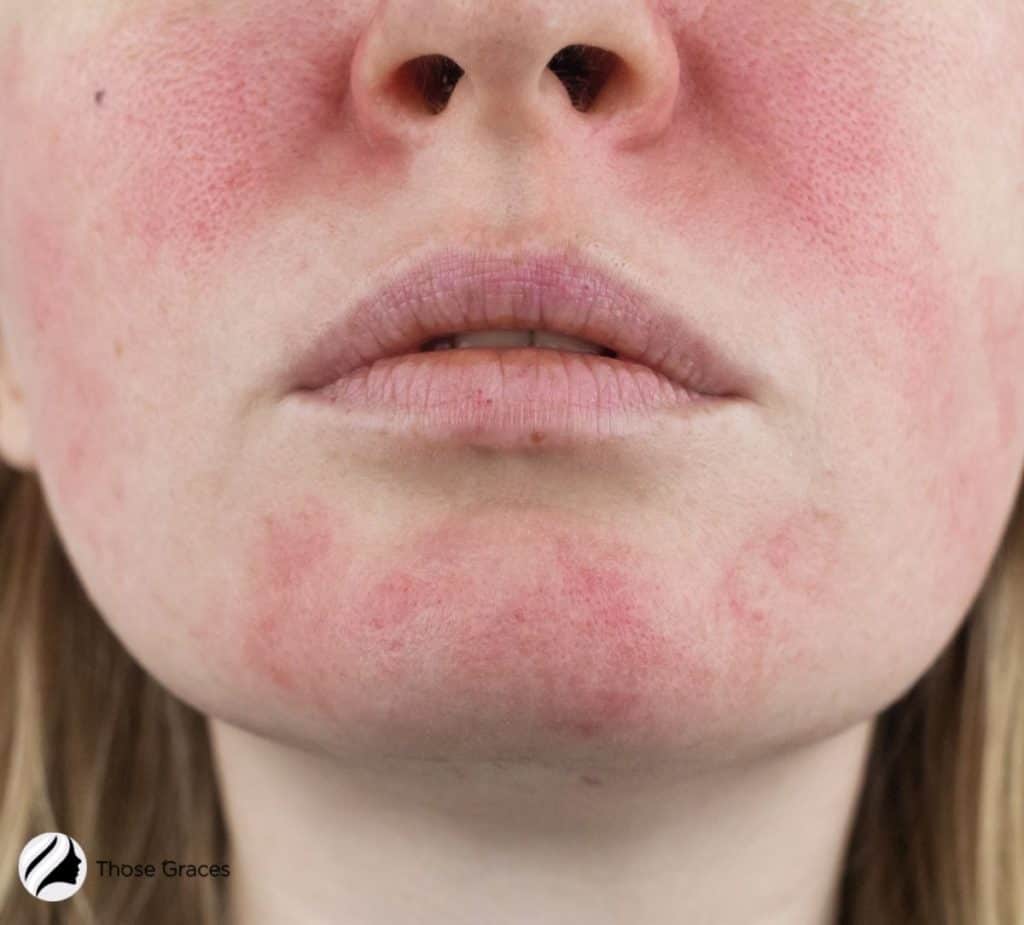
#3 Mild Inflammation
You may experience mild skin inflammation after a derma rolling session if you have sensitive skin.
There is no need to worry because your skin should calm down within 3-4 hours after this cosmetic treatment.
#4 Temporary Sun Sensitivity
Once you’re done with the treatment, your skin will be super sensitive to the sun! Avoid direct sun exposure, and apply a generous amount of sunscreen.
#5 Hyperpigmentation
Skin pigment change and hyperpigmentation, which is characterized by spots of darker skin color, may also be a potential derma rolling side effect, incredibly if your skin scars easily. (3)
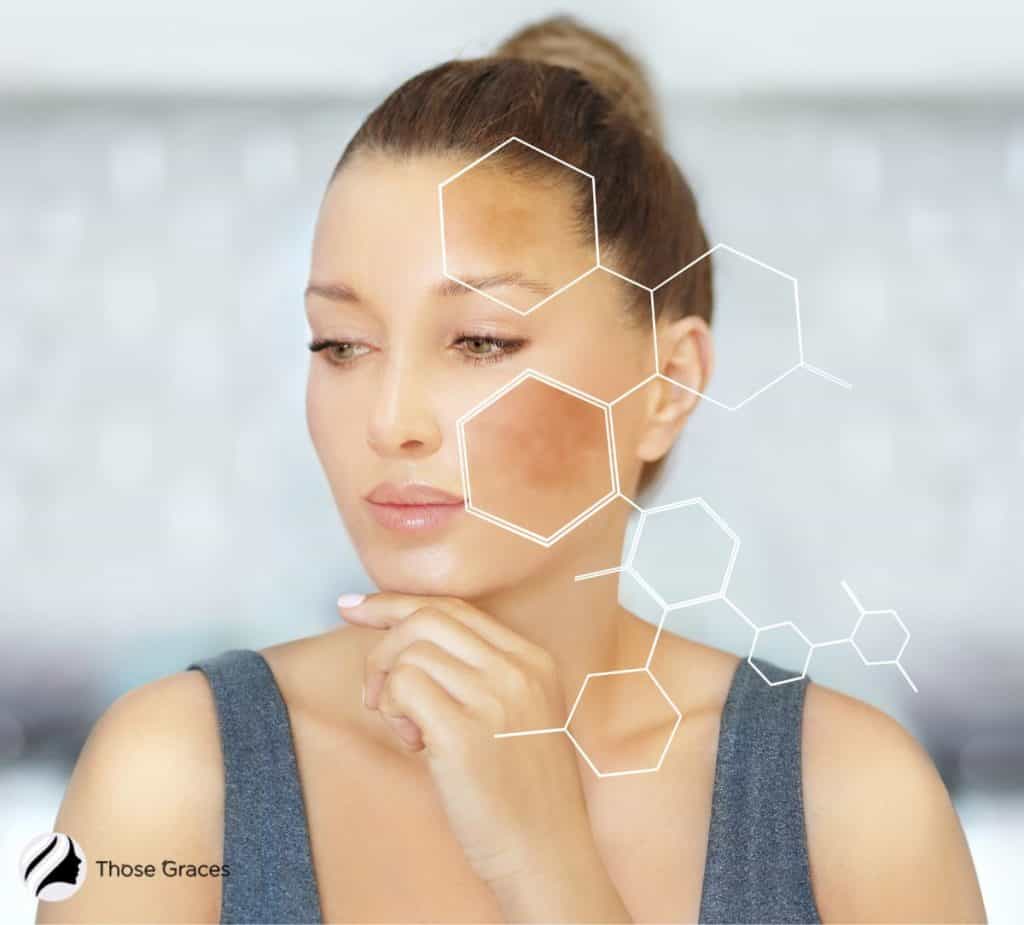
The procedure can trigger a skin response that increases melanin production, causing or worsening patches of darker skin color.
People with the below-mentioned issues should avoid derma rolling due to potential adverse effects:
- Active skin conditions like active infections or skin rashes.
- Those on medication.
- Those with active acne scars or other facial scars.
- Persons with keloid and acne scarring.
- Those with a generally unstable skin type.
Welcome to an insightful exploration of the potential side effects and safety considerations associated with the daily use of a Derma Roller, a popular skincare tool:
How To Prevent Derma Roller Side Effects?
For more common mild side effects, such as dry skin, a good moisturizer is the key to soothing flaky layers of skin.
You could even use coconut oil. Once the treatment is over, the oil helps seal in moisture and offers ample hydration.
Skin reddening will fade in hours, so there is no real threat of long-term damage.
After the medical procedure, you can also consider using the Derma Roller Hyaluronic Acid to relieve skin irritation and inflammation.
A simple cold compress also can help reduce swelling or bring down inflammation.
In addition, you should avoid excessive skin exposure by wearing hats and scarves and applying a generous amount of sunscreen to prevent excess sun damage on your skin.
If you fall in one of the categories above, it would be in your best interest to consult with your dermatologist before attempting to use a derma roller.
Caring For Your Derma Roller
Cleaning and maintaining your derma roller is crucial to ensure its effectiveness and safety and minimize your potential for side effects.
Before using the device, it’s important to sanitize it by soaking it in alcohol for at least 10 minutes.
After use, rinse it with warm water and mild soap, then soak it in alcohol for 10 minutes before letting it air dry.
Store it in a clean, dry place to prevent bacterial growth. Replacing the derma roller after 10-15 uses is also recommended to maintain its effectiveness.
By following these simple steps, you can keep your derma roller clean and practical, ensuring optimal results for your skin.
What If Derma Rolling Goes Wrong?
If derma rolling goes wrong and you experience an adverse reaction, taking action quickly is important to minimize potential damage.
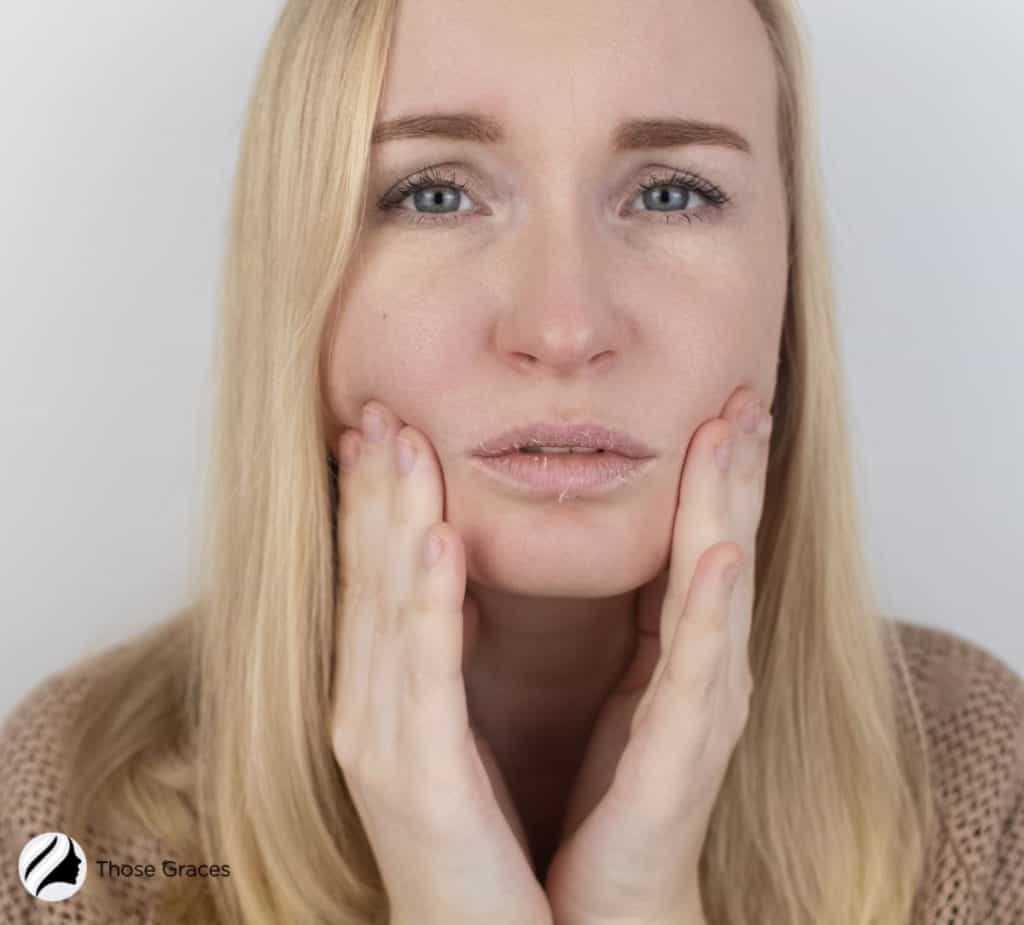
First, immediately stop using the derma roller and avoid adding products or treatments to the affected area.
If you are experiencing significant discomfort or notice signs of infection, such as pus or oozing, seek medical attention immediately.
To reduce swelling and discomfort, apply a cool compress to the area for milder cases.
You may also consider using a gentle, fragrance-free moisturizer to help soothe the skin.
In any case, giving your skin time to heal before attempting to use a derma roller again as a beauty treatment is important.
To avoid these negative outcomes, it’s important to understand how to use a derma roller correctly and to seek professional guidance from a skincare expert.
By taking the proper precautions and using the right techniques, you can enjoy the benefits of derma rolling without the risk of negative side effects.
FAQs
1. What should I avoid after derma rolling?
Also, avoiding intense workouts, saunas, and even swimming pools would be best.
2. Why is my skin darker after microneedling?
3. How often can you derma roll for optimal results?
Tiny needles can be used 1-3 times per week, while large hands require a longer waiting period.
Conclusion
Acne scars, fine lines, wrinkles, large pores, uneven skin tone – you name it! Microneedling sessions with a derma roller are an effective beauty treatment option.
Derma rolling is a wonderful tool in the skin industry because of its ease of use and minimal downtime!
However, like with most cosmetic procedures, it is best to be aware of the potential side effects of derma rollers and how to prevent them before you embark.
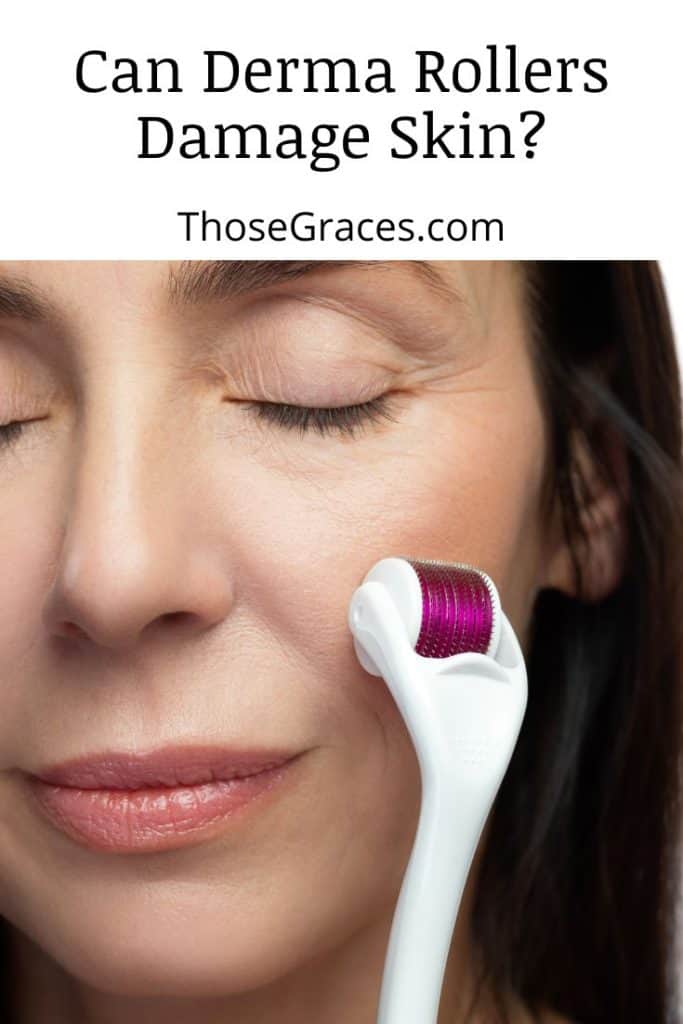
Have you tried using a derma roller? What are the most common derma roller side effects you’ve noticed? Let us know your experience below!
References:
1. Sharkey, L. (2020, February 26). Do Derma Rollers Really Work? Healthline Media. Retrieved November 29, 2021, from https://www.healthline.com/health/beauty-skin-care/do-derma-rollers-work
2. Zeitter, S., Sikora, Z., Jahn, S., Stahl, F., Strauß, S., Lazaridis, A., … Aust, M. C. (2014). Microneedling: Matching the results of medical needling and repetitive treatments to maximize potential for skin regeneration.Burns,40(5), 966–973. https://doi.org/10.1016/j.burns.2013.12.008
3. Hyperpigmentation – American Osteopathic College of Dermatology (AOCD). (2021).Aocd.org. Retrieved November 29, 2021, from https://www.aocd.org/page/Hyperpigmentation



